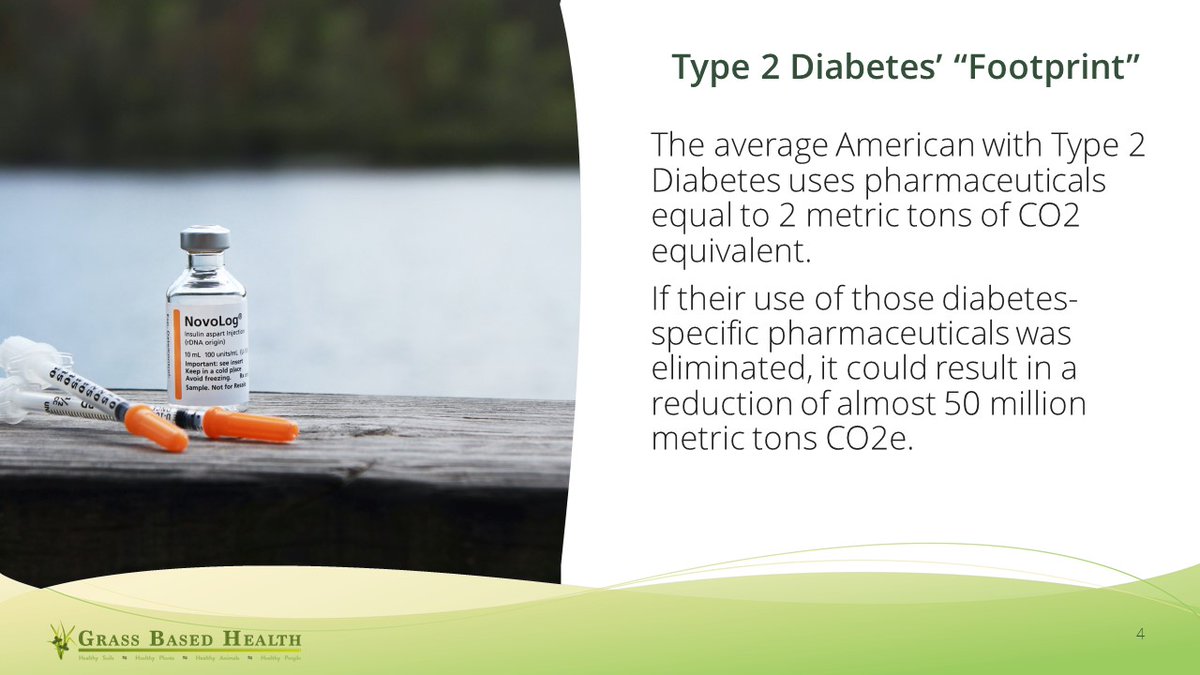
Thread on #lysine #upcycling #ruminants
1/9
Only 4% of the feed consumed by the global domestic ruminant herd is *potentially* human-utilizable. The upcycling of the other 96% into resources that are essential to modern (& future) societies is under-appreciated.
1/9
Only 4% of the feed consumed by the global domestic ruminant herd is *potentially* human-utilizable. The upcycling of the other 96% into resources that are essential to modern (& future) societies is under-appreciated.

2/9
Note:
- The grain fed represents only 10% of the global cereal production.
- 1/4 of the grain fed is off-grade & not human edible.
Source for this & previous slide.
Mottet, et al., (2018) cambridge.org/core/journals/…
Note:
- The grain fed represents only 10% of the global cereal production.
- 1/4 of the grain fed is off-grade & not human edible.
Source for this & previous slide.
Mottet, et al., (2018) cambridge.org/core/journals/…
3/9
In the US, only 11% of the lifetime feed consumed by a commercial fed steer is *potentially* human-utilizable.
Rotz, et al., (2019) sciencedirect.com/science/articl…
In the US, only 11% of the lifetime feed consumed by a commercial fed steer is *potentially* human-utilizable.
Rotz, et al., (2019) sciencedirect.com/science/articl…

4/9
Let's look at the upcycling of just one globally-limiting essential nutrient in humanity's diet - lysine - based upon these assumptions:
Let's look at the upcycling of just one globally-limiting essential nutrient in humanity's diet - lysine - based upon these assumptions:

5/9
Sources (in order)
Rotz, et al., 2019 (see slide 3)
nutrition.ansci.illinois.edu/static/feed_da…
extension.sdstate.edu/how-much-meat-…
Bailey, et al., (2020). cambridge.org/core/journals/…
Sources (in order)
Rotz, et al., 2019 (see slide 3)
nutrition.ansci.illinois.edu/static/feed_da…
extension.sdstate.edu/how-much-meat-…
Bailey, et al., (2020). cambridge.org/core/journals/…
6/9
US commercial beef cattle yield almost two and a half times more human-utilizable lysine than they consume.
US commercial beef cattle yield almost two and a half times more human-utilizable lysine than they consume.

7/9
We must evaluate yield/impacts/efficiency with more sophisticated metrics than gross [crude] protein or caloric conversions & supplies. Differences in bioavailability, land suitability for production, etc. must be considered or misleading conclusions will direct policy, etc.
We must evaluate yield/impacts/efficiency with more sophisticated metrics than gross [crude] protein or caloric conversions & supplies. Differences in bioavailability, land suitability for production, etc. must be considered or misleading conclusions will direct policy, etc.

8/9
Moughan (2021) has demonstrated how "The metrics matter" and "...illustrate[s] how calculations and representations, where the nutritional nuances are not fully reflected in the calculations, can lead to misleading conclusions with potentially serious implications."
Moughan (2021) has demonstrated how "The metrics matter" and "...illustrate[s] how calculations and representations, where the nutritional nuances are not fully reflected in the calculations, can lead to misleading conclusions with potentially serious implications."

• • •
Missing some Tweet in this thread? You can try to
force a refresh
















